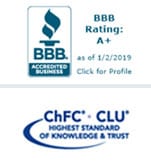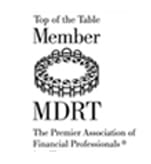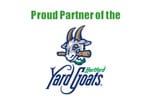Rollover is the technical term for moving your retirement savings from one account to another. It sounds pretty simple, but there are specific steps you must follow to avoid repercussions. These accounts are tax-protected, but if you fail to complete the rollover properly, you could be stuck with a hefty tax bill. Here’s how to properly complete a 401k rollover.

1. Understand a Direct Rollover
A direct rollover is your protection against tax implications. This means that you never actually touch the money. First you will set up the new account, then you will request that the money be transferred from the old account to the new one. The administrators for each account are known as “custodians,” and the money must pass directly from one custodian to the other without passing through your hands.
2. Get Details on Your Existing Plan
Gather all of your statements and documents for your existing account. Find out how much money is in the account, and what contributions were made by you and your employer. Learn how much the account has grown, and carefully review the mutual funds in which the money is invested. This will help you understand how to allocate the money in the new account.
3. Decide What Type of Account to Roll Over to
The most common type of 401k rollover is from one employer-sponsored account to another. However, this is not always the best choice. Depending on your needs and investment desires, you might prefer a traditional IRA or a Roth IRA. Note that each type of retirement account has its own benefits and drawbacks, and the differences can be fairly technical. It is highly recommended that you talk to a financial advisor before making this decision.
4. Open a New Account
Once you have decided what type of account you want, open it and determine how to allocate your funds. This can be as simple or as complex as you like, but this is an excellent time to make any changes you have been meaning to make, or to look for better opportunities. Again, a financial advisor can be highly useful in helping you understand the strengths and weaknesses of your existing investments and set up a better allocation of funds.
5. Contact the Custodian for Your Old Plan
Explain that you are rolling over your 401k, and request the necessary paperwork. Also ask for detailed advice on how to properly fill out the forms. Checking the wrong boxes could be an expensive mistake, so it is worth setting aside some time for a phone call and taking copious notes. A financial advisor can also help you through this process.
6. Initiate the Rollover
When you are confident that the paperwork is accurately completed, it is time to initiate the funds transfer. Be sure to specify that the money should be transferred directly from the old custodian to the new, and do not accept a check that is made out to you.
Rolling over a 401k is an extremely common and relatively straightforward process. However, because there are hefty tax penalties for a mistake, it is vital to take it step by step, seek professional advice, and ensure that all of the paperwork is properly completed. A rollover is also a great time to revisit your allocation of funds and make any desired changes.
Located in West Hartford, CT, Cowen Tax Advisory Group is a one-stop shop for all of your tax and financial advisory needs. Since 1978, we have assisted thousands of people with their financial decisions, while honoring our core values: transparency, honesty, dedication, respect, and education. If you are ready to get started with a trustworthy tax and financial advisory group, we invite you to call 860-676-1100 to schedule your free initial consultation.




